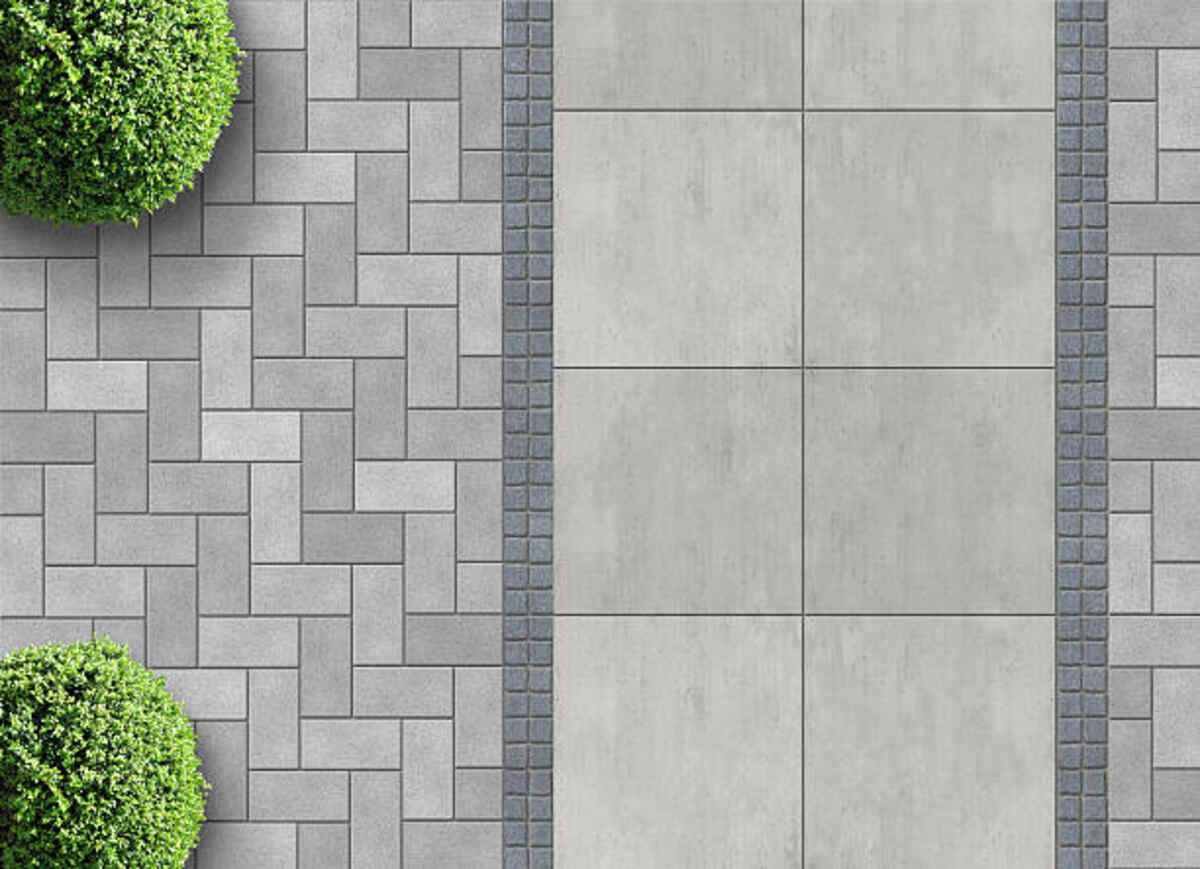Interlocking Pavers
Interlocking pavers are an excellent choice for driveways, patios, and walkways due to their ease of installation, durability, and affordability—not to mention their vast array of modern designs and laying patterns! Select the best Scottsdale Asphalt Paving.
Slip-resistant surfaces offer additional advantages, making them safer than gravel and helping prevent accidents. Furthermore, they’re easily repaired.
They are easy to install
Interlocking pavers make an excellent addition to your driveway, patio, or walkway since their installation takes much less time and effort than with concrete or asphalt surfaces. Plus, their lightweight nature means they are suitable for areas subjected to heavy vehicle traffic as replacement options can easily replace any damaged tiles.
Before installing pavers, they should first be set into a layer of bedding sand, which should then be compacted using either a plate compactor or a vibrating paver to ensure that they remain securely attached. Furthermore, using bedding sand will also fill any fissures between them, making future maintenance and repairs simpler and faster.
Once the layer of sand has been laid down, carefully place the pavers in your desired pattern. Please make sure the stones fit snugly together without any gaps between them; any awkward angular meeting can be cut with a masonry saw so that it fits properly into place.
Joint sand is designed to keep pavers secure against erosion and frost damage while also helping them resist erosion. Furthermore, this special sand helps reduce weed growth while prolonging their longevity.
They are easy to maintain
Interlocking pavers provide a durable paving solution that won’t crack or deteriorate over time and is easier to maintain than concrete slabs or asphalt surfaces. They’re quick to repair without heavy equipment and offer good surface traction—cutting them easily fits any design, and they can even be removed or moved if power or sprinkler plumbing becomes necessary.
Interlocking pavers come in various styles and colors to give your home a distinctive appearance. They are slip-resistant and cooler underfoot than concrete or gravel surfaces, and they’re easy to lay into patterns for minimal disruption to your yard’s aesthetics.
Pavers can be laid without using mortar, unlike concrete slabs. Once in place, once-poured sand covers them to prevent shifting or sticking together, and any fissures are filled in with more sand before the area is compacted by means of a vibrating plate – providing flexibility without necessitating regular resurfacing of the pavement area.
Due to their durability, pavers make an excellent choice for driveways and patios. Not only are they less costly than asphalt and concrete slabs, but they are safer, too, compared to gravel surfaces. However, as pavers require regular cleaning and sealing work to remain beautiful and new, professional help would likely be best suited to this task, as it requires precision and meticulousness!
They are durable
Interlocking pavers are not only durable but also easy to care for – you use your garden hose to clean them regularly, and they’re less susceptible to being damaged by cars or snowfall. Furthermore, they are eco-friendly, laid with permeable bases for drainage of groundwater; plus, their shape can fit any outdoor space easily! Compared to concrete surfaces, they also allow more flexibility – being more versatile and accommodating to any shaped features or furniture for use outdoors than concrete can.
Interlocking pavers are built to withstand high levels of pressure and last up to 40 years with proper maintenance. Made from special clay material and heated at high temperatures, they’re highly resistant to external abrasion. Their construction features a joint system to transfer stresses and loads laterally; this feature is particularly helpful when parking cars on them, helping prevent cracking and shifting as weight loads them down.
Installing an edge restraint to prevent pavers from shifting is critical to keeping their placement consistent and safe. Edge restraints come in all sorts of materials – plastic, metal, and concrete are among them; plastic restraints tend not to work in climates with drastic seasonal variations, while metal ones can flex more flexibly to accommodate curves on walkways while being resistant to landscape overgrowth as they fit easily in tighter spaces requiring larger concrete structures.
They are affordable
Interlocking pavers offer an affordable and durable paving solution, perfect for any landscaping project. Their multidirectional surface traction makes them suitable for cutting to any design, while their vast array of colors makes them versatile enough to complement any landscape design project. Pavers cost much less than concrete and asphalt pavements while lasting much longer—plus, they are more accessible to repair, resistant to cracking and fading, and more resistant to weather damage than traditional pavement surfaces.
Before selecting the type of paver you want to use in your landscape area, consider its location and aesthetic. Some types of pavers are better suited for certain places than others, and the style you select will affect installation costs. For instance, if using pavers for driveway repaving, any expenses related to replacing existing surfaces and building bases must be considered when planning which pavers to purchase and use.
An attractive and low-maintenance paved surface can add significant value to your home, especially when built by an experienced contractor. However, finding one is essential if you want quality pavers installed properly—get multiple bids from contractors before hiring one and check references carefully; additionally, read your contract thoroughly to make sure it covers every aspect of your project before signing it!


